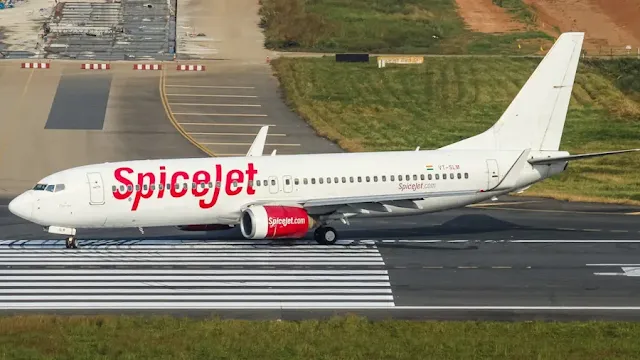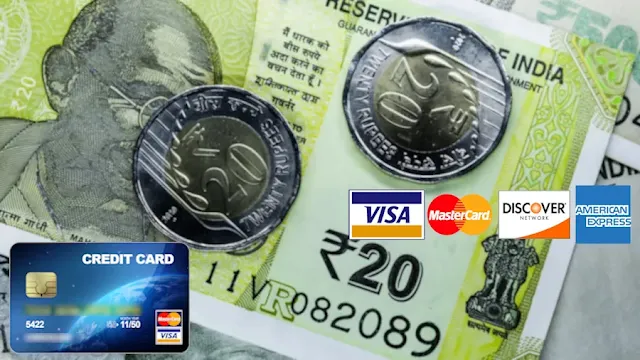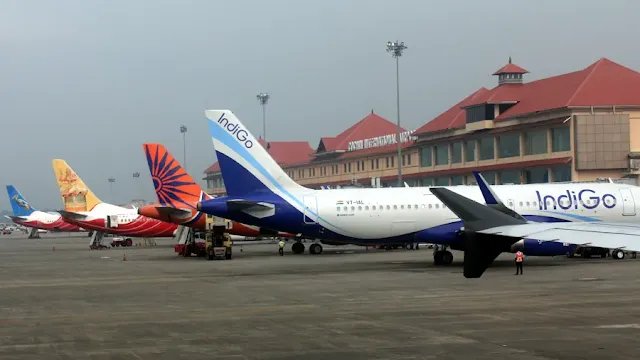e-Arrival Card Fill New Arrival Card Submit the form online between 72 hours and 1 hour before your flight
Imagine landing in bustling Delhi after a grueling 15-hour flight from New York, only to face a snaking queue at immigration, scribbling details on flimsy paper forms under harsh fluorescent lights. That was my reality last summer – a 45-minute wait just to submit my passport details, all while dreaming of street-side chaat. Starting October 1, 2025, India’s immigration process is getting a digital upgrade with the mandatory e-Arrival Card. This free online form replaces outdated paper disembarkation cards, slashing wait times and letting you breeze through to your adventure—whether you’re a first-time visitor to the Taj Mahal, a business traveler heading to Mumbai, or an OCI card holder returning to your roots. Here’s everything you need to stay compliant and stress-free.
Table of Contents
What is the e-Arrival Card?
The e-Arrival Card, also known as the Electronic Arrival Card or digital Disembarkation Card, is a mandatory online form introduced by India’s Bureau of Immigration (BoI) to streamline immigration processing at airports. It replaces paper-based arrival and departure forms, collecting essential traveler details to expedite border control and reduce delays at immigration counters.
Who Needs to Fill It Out?
All foreign nationals arriving in India, including those with regular visas, e-visas, and Overseas Citizens of India (OCI) card holders, must complete the e-Arrival Card. Indian citizens are the only exemption. Initially, some confusion arose at the rollout on October 1, 2025, with sources like the U.S. Embassy suggesting OCI holders might be exempt due to their quasi-citizen status. However, a BoI clarification on October 4, 2025, confirmed that OCI card holders are subject to the same entry paperwork requirements as other foreign nationals. This aligns with OCI status: while it grants lifelong visa-free entry and multi-purpose stays (up to 180 days), it does not confer full citizenship rights like voting or unrestricted movement without formalities.
Does e-Arrival Card Apply to OCI Card Holders?
Yes, it applies to Overseas Citizens of India (OCI) card holders. Effective October 1, 2025, all foreign nationals—including those with regular visas, e-visas, and OCI cards—must submit the e-Arrival Card prior to entry. Indian passport holders are exempt.
Initial Confusion and Clarification: At launch on October 1, 2025, some sources (e.g., U.S. Embassy advisory) suggested OCI holders might be exempt, treating them as quasi-citizens with lighter entry requirements. However, a BoI clarification on October 4, 2025, explicitly included OCI holders under the same rules as foreign nationals for entry paperwork purposes.
This aligns with OCI's status: while it grants lifelong visa-free entry and multi-purpose stays (up to 180 days), it does not confer full citizenship rights like voting or unrestricted movement without formalities.
Where and When to Complete It
The official portal is indianvisaonline.gov.in/earrival/ or boi.gov.in. Alternatively, use the "Indian Visa Su-Swagatam" mobile app (iOS/Android). Submit the form online between 72 hours and 1 hour before your flight. Until March 31, 2026, paper forms are accepted during this transition period, but the digital e-Arrival Card will be mandatory thereafter.
What Information is Required?
- Basic Personal Details: Name, nationality, passport number, OCI card number (if applicable), and contact information.
- Travel Details: Purpose of visit, date of arrival, flight details, and local address in India.
- Recent Travel History: Countries visited in the last six days.
- Optional Uploads: A recent photo may be required in some cases, but no other document uploads are needed.
Do Babies and Children Need to Complete India’s e-Arrival Card?
Yes, babies (infants) and children who are non-Indian nationals, including those with OCI cards, must have a separate e-Arrival Card submitted on their behalf. Here’s a clear breakdown based on official BoI guidelines:
- Applies to All Non-Indian Nationals: The e-Arrival Card is mandatory for all foreign nationals, including newborns, infants, toddlers, and older children, regardless of OCI status. Only Indian citizens are exempt.
- Separate Submission for Each Traveler: Parents or guardians must fill out an individual e-Arrival Card for each child or baby using their passport or OCI card details. You cannot bundle children under a parent’s card.
Key Points to Remember
- Separate from an e-Visa or OCI Card: The e-Arrival Card is an additional requirement, not a substitute for a valid visa or OCI card.
- No Fee: The e-Arrival Card is free to submit.
- QR Code Confirmation: After submission, you’ll receive a QR code via email/SMS to present at immigration.
- Penalties for Non-Compliance: Failure to submit may result in delays, fines, or entry denial; airlines may check before boarding.
Frequently Asked Questions
Do we need to fill an Arrival Card for India?
Yes, starting October 1, 2025, all foreign nationals, including OCI card holders, must complete the digital e-Arrival Card. Indian citizens are exempt.
What is required for a US citizen to enter India?
US citizens need a valid passport, an e-Visa (if applicable), and the e-Arrival Card completed online up to 72 hours before arrival. No paper forms are required at the airport.
What is required for an OCI card holder to enter India?
OCI card holders need a valid foreign passport, their OCI card, and the e-Arrival Card completed online up to 72 hours before arrival.
What is the airport embarkation card?
The embarkation card was the old paper form filled out upon departure from India, now being phased out in favor of digital processes.
What is e-arrival in India?
e-Arrival refers to the digital e-Arrival Card that foreign nationals, including OCI card holders, must submit online before arriving in India to provide immigration details.














